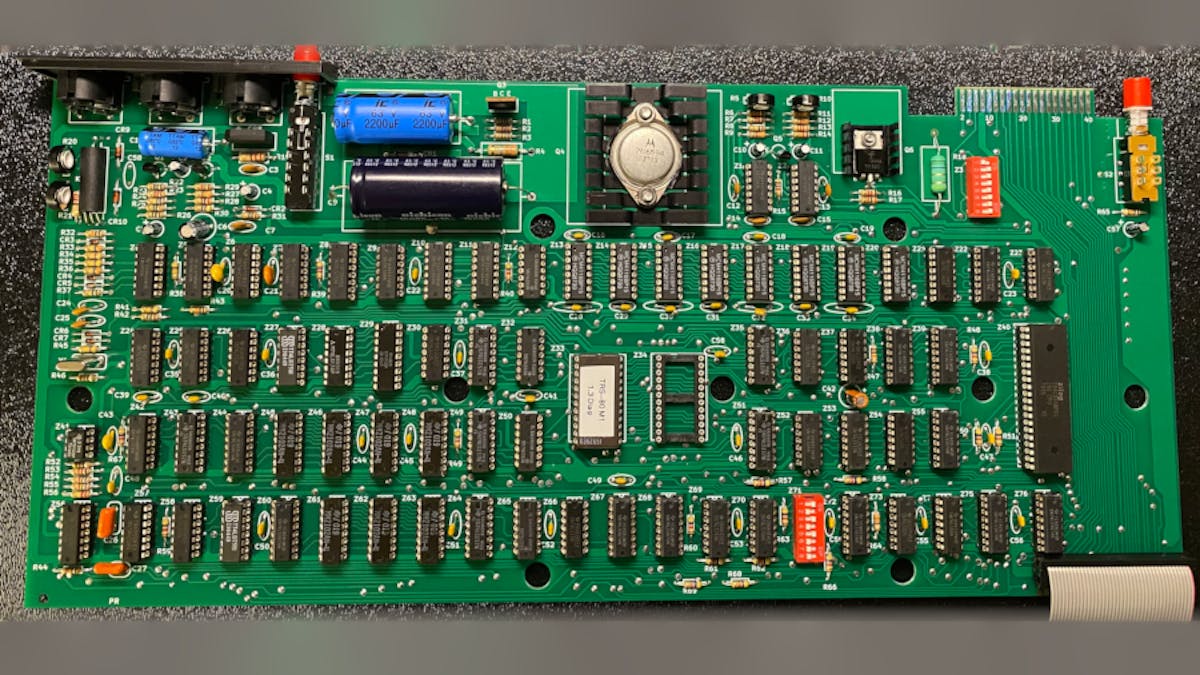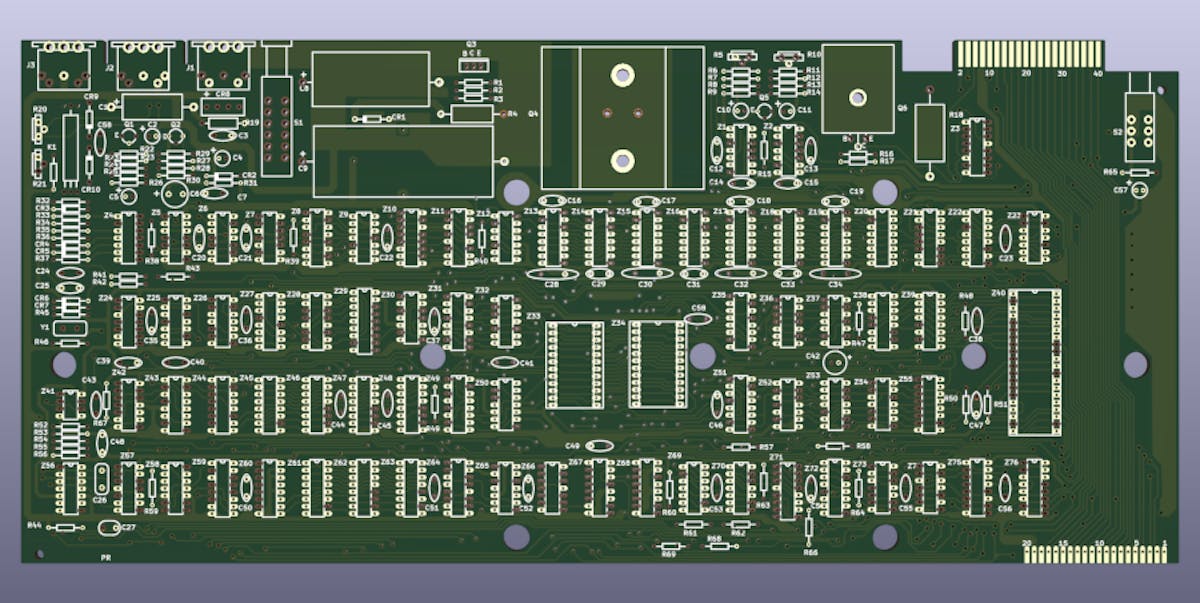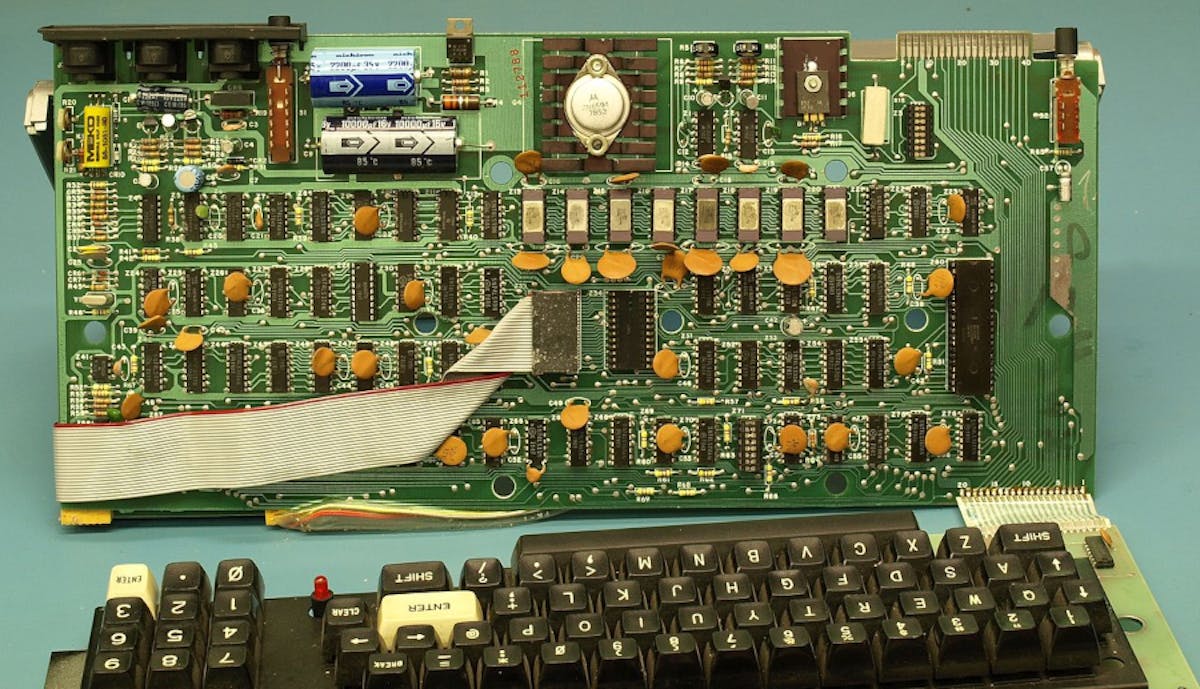Marcel Erz Brings Back the TRS-80 Model I with a High-Accuracy, Open-Hardware PCB Replica
Designed to be as close as possible to a Rev. G motherboard, this TRS-80 replica PCB is ready to bring back the peak of '70s computing.

Vintage computing enthusiast Marcel Erz is bringing back the Tandy-Radio Shack TRS-80 home computer — with a trace-for-trace reimplementation of the original Model I motherboard, released under a permissive license.
"This project is a faithful reimplementation of the mainboard of the iconic TRS-80 Model I (Revision G) computer," Erz writes of his work. "My own revision, the E1, is designed to replicate the original system's functionality by using a PCB design 1-to-1 to the original, including components, interfaces, and even traces. The entire project is available under the MIT license."

Released by Tandy in 1977 and sold through its Radio Shack stores, hence the letters "TRS" in its name, the TRS-80 Model I was a Zilog Z80-based eight-bit home computer with 4kB of RAM, upgradeable to 48kB in 16kB steps, and was a major hit for the company — becoming not only one of its biggest sellers but the best-selling home computer of its era, spawning a range of compatible follow-ups including the famously portable TRS-80 Model 100.
While its best-selling nature and numerous follow-ups mean that they're not the rarest things around, original TRS-80 Model Is are definitely showing their age — which is where Erz' "E1" comes in. The board, designed in KiCad 7, is a faithful replica of the original — even down to unused vias and holes used during Tandy's original manufacturing process to keep the boards in position. Other errors, including an additional capacitor not documented in the machine's reference manual, are fixed in the new design.

In order to turn the PCB into a fully-functional TRS-80 Model I, you'll need components — and here Erz' work includes a full bill of materials. Everything is built to the original specification, meaning period-appropriate components will be the order of the day — though in many cases modern equivalents are available, while other parts will need to be sourced from old stock or discarded devices. A set of ordering instructions is also provided "to get a more faithful version of the board," Erz says.
The project's design files are available on the RetroStack GitHub repository under the permissive MIT license.
Freelance journalist, technical author, hacker, tinkerer, erstwhile sysadmin. For hire: freelance@halfacree.co.uk.

